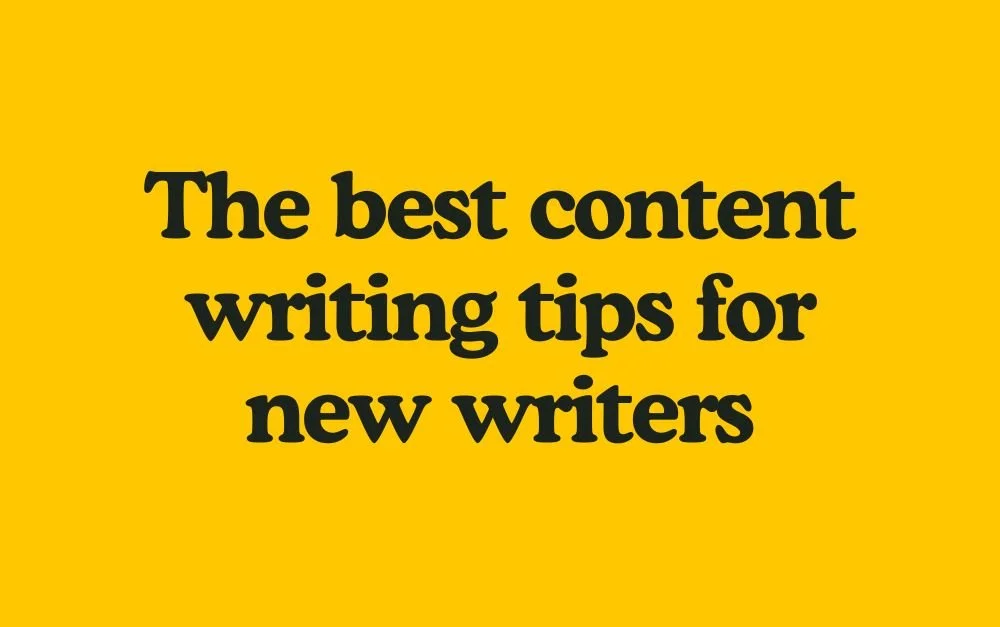A ‘how-not-to’ guide to writing content
Photo by Linda Eller-Shein from Pexels
Let’s face it — writing is hard — and even the most seasoned writers get it wrong sometimes. There’s a variety of missteps that you can take down the road but nobody will judge you (except your audience 😉).
If you want to avoid that minor hiccup, then here are some things you shouldn’t do as you embark on your journey of writing a quality piece.
Not formulating ideas properly
Let’s begin in the obvious place. When you get an idea, it is unlikely it’ll be the result of a single event taking place in your brain.
Most likely, ideas are made up of a series of events and they involve creativity and knowledge to be able to form a clear pattern that becomes coherent once we materialise it.
As a matter of fact, the word “ideas” comes from Greek ἰδέα which means “form” or “pattern.”
Think about the writing process — it requires angles, context, outlines that eventually form a pattern, something your readers can understand and react to.
Spending a generous amount of time formulating ideas ultimately makes your output better.
Skipping quality and choosing quantity instead
The quality vs. quantity battle is a little passé, but at the same time, it’s not.
There’s no point arguing that both are necessary although the latter might fall into the evil side of things if taken on its own.
Quality is key but there is a need for consistency.
So what is a quality article in the end? I’d say it boils down to laying the right foundations — knowledge plus experience — and sticking to your principles.
First, start setting concrete guidelines and principles for what quality content is. Then offer insight and value to your audience. Rinse and repeat.
Writing for yourself
Why do you get along with the people around you? Think of your friends, family, and colleagues. Why do you keep in touch? Why do you meet up?
It turns out that you must have formed a genuine connection. You touched on an important value, and that laid the foundation for trust — the basis of any solid relationship.
With content, you also establish a conversation with your community by sharing something valuable and building trust right from the get-go.
When you write, you write to:
•Inspire: Create content with the intention to motivate your readers to be and do better than they were before reading it.
•Educate: Share experiences and document failures and successes, and give people the behind-the-scenes tour of how things are done to help them learn something.
•Inform: Create content that’s rooted in research, data, and facts to become more credible and solve real problems. Content backed up by data delivers on promises to build long-term value and trust with the readers.
It’s a simple yet great starting point that clarifies WHY you should be writing something in the first place.
Holding on to your assumptions
Assumptions work sometimes, but most of the time, they just send you in the wrong direction.
Before you do anything, you need to learn how to unlearn things and look at problems from other people’s perspectives.
🔍 Related: Is the key to creativity ‘unlearning’?
Showing empathy makes others more likely to ask us for our perspective and so, collaboration occurs.
In successful collaborations, each person assumes that everyone involved, regardless of background, has something important to say — it’s not only about you.
This mindset makes us want to understand why others have differing views, which helps us to build constructive conversations.
In writing, letting go of assumptions is equally important.
Writing is like a conversation. It’s about understanding whom you write for, and why.
Great content prompts people to share their thoughts, comments, and feedback. It’s an exchange. Writers share. Readers share. And soon, you have a connection.
When you let go of assumptions, people tend to relate and connect to you more because you UNDERSTAND them, you write for them, about their struggles and challenges.
This unleashes a cascade effect of true connections, candour, and engagement.
Not using external contributors to validate your points
I think of content as fluid. It flows like a downstream river.
Over time, you see trends come and go (gated vs. non-gated, short-form vs. long-form, etc). Some stay, some are long gone, others simply evolve.
But today, content is more sophisticated than ever. And with that, it’s our own responsibility as writers to change the game.
One recurring pattern I noticed is that people are looking for strong sources of information.
Sure, there’s a lot of information you can find online but there’s nothing like backing up a piece with insights shared by the very experts themselves.
This is probably the best way to hack authority on a topic if you don’t have it and present your readers with unique information and first-hand experiences shared by your contributors.
Celebrating your first draft
The moment you’ve been waiting for has come, and now you just can’t wait to get your approval for your first draft and go hit the ‘publish’ button.
The reality is that you’ll most likely need a couple of revisions before that moment.
Feedback is crucial to strengthen your piece and remove bias, so don’t expect that everything will sound great from your first draft.
Spend time to ask for feedback and get a ‘bird’s eye view’ of your piece.
If you must, give yourself a couple of days to revisit it with fresh eyes before deciding if the strength of the insights, the language, and how you framed your ideas will bring value to the reader.
Remember, always think about the reader first.
=====
Now that you’ve read this, you might be interested in:



